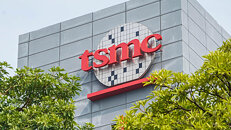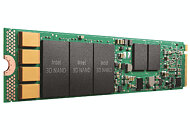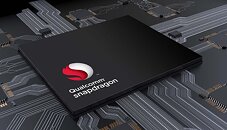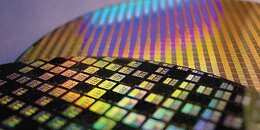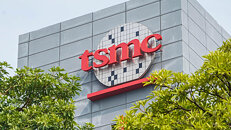
AMD Announces Ryzen 5000 Series Mobile Processors, Additional Ryzen Desktop Models, and Ryzen Threadripper PRO Availability for Consumers
Today, AMD (NASDAQ: AMD) announced the full portfolio of AMD Ryzen 5000 Series Mobile Processors, bringing the highly-efficient and extremely powerful "Zen 3" core architecture to the laptop market. New AMD Ryzen 5000 Series Mobile Processors provide unprecedented levels of performance and incredible battery life for gamers, creators, and professionals. New laptops powered by Ryzen 5000 Series Mobile processors will be available from major PC manufacturers including ASUS, HP and Lenovo, starting in Q1 2021. Expanding its leadership client computing product portfolio featuring the "Zen 3" core, AMD also announced the AMD Ryzen PRO 5000 Series Mobile Processors, delivering enterprise-grade security and seamless manageability to commercial users. Throughout the course of 2021, AMD expects a broad portfolio of more than 150 consumer and commercial notebooks based on the Ryzen 5000 Series Mobile Processors.
"As the PC becomes an even more essential part of how we work, play and connect, users demand more performance, security and connectivity," said Saeid Moshkelani, senior vice president and general manager, Client business unit, AMD. "The new AMD Ryzen 5000 Series Desktop and Mobile Processors bring the best innovation AMD has to offer to consumers and professionals as we continue our commitment to delivering best-in-class experiences with instant responsiveness, incredible battery life and fantastic designs. With our PC partners, we are delivering top-quality performance and no-compromise solutions alongside our record-breaking growth in the notebook and desktop space in the previous year."
"As the PC becomes an even more essential part of how we work, play and connect, users demand more performance, security and connectivity," said Saeid Moshkelani, senior vice president and general manager, Client business unit, AMD. "The new AMD Ryzen 5000 Series Desktop and Mobile Processors bring the best innovation AMD has to offer to consumers and professionals as we continue our commitment to delivering best-in-class experiences with instant responsiveness, incredible battery life and fantastic designs. With our PC partners, we are delivering top-quality performance and no-compromise solutions alongside our record-breaking growth in the notebook and desktop space in the previous year."











